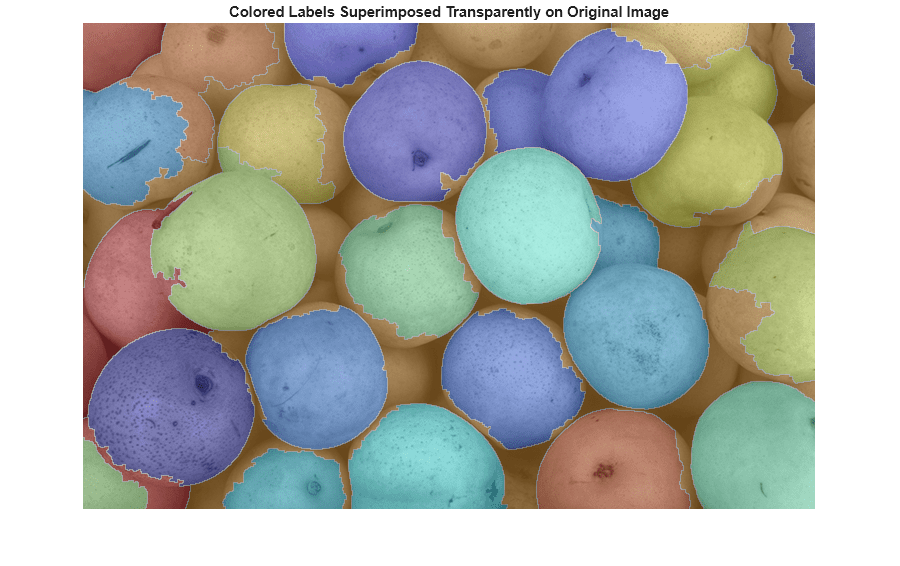Morphological Operations
Dilate, erode, reconstruct, and perform other morphological operations
Morphology is a broad set of image processing operations that process images based on shapes. In a morphological operation, each pixel in the image is adjusted based on the value of other pixels in its neighborhood. By choosing the size and shape of the neighborhood, you can construct a morphological operation that is sensitive to specific shapes in the input image.
Functions
Topics
Elements of Morphology
- Types of Morphological Operations
The most basic morphological operations are dilation and erosion. You can combine dilation and erosion for more specialized operations. - Morphological Reconstruction
Morphological reconstruction is used to extract marked objects from an image without changing the object size or shape. - Structuring Elements
A structuring element defines the neighborhood used to process each pixel. A structuring element influences the size and shape of objects to process in the image. - Border Padding for Morphology
Morphological dilation and erosion pad the image border in different ways to avoid border effects. - Pixel Connectivity
Connectivity determines whether a center pixel and adjacent pixels belong to the same object. - Lookup Table Operations
A lookup table is a vector in which each element represents the different permutations of pixels in a neighborhood. Lookup tables are useful for custom erosion and dilation operations.
Applications of Morphology
- Dilate an Image to Enlarge a Shape
Dilation adds pixels to boundary of an object. Dilation makes objects more visible and fills in small holes in the object. - Remove Thin Lines Using Erosion
Erosion removes pixels from the boundary of an object. Erosion removes islands and small objects so that only substantive objects remain. - Use Morphological Opening to Extract Large Image Features
You can use morphological opening to remove small objects from an image while preserving the shape and size of larger objects in the image. - Flood-Fill Operations
A flood fill operation assigns a uniform pixel value to connected pixels, stopping at object boundaries. - Find Image Peaks and Valleys
You can use neighborhood processing to find global and regional minima and maxima in images.



